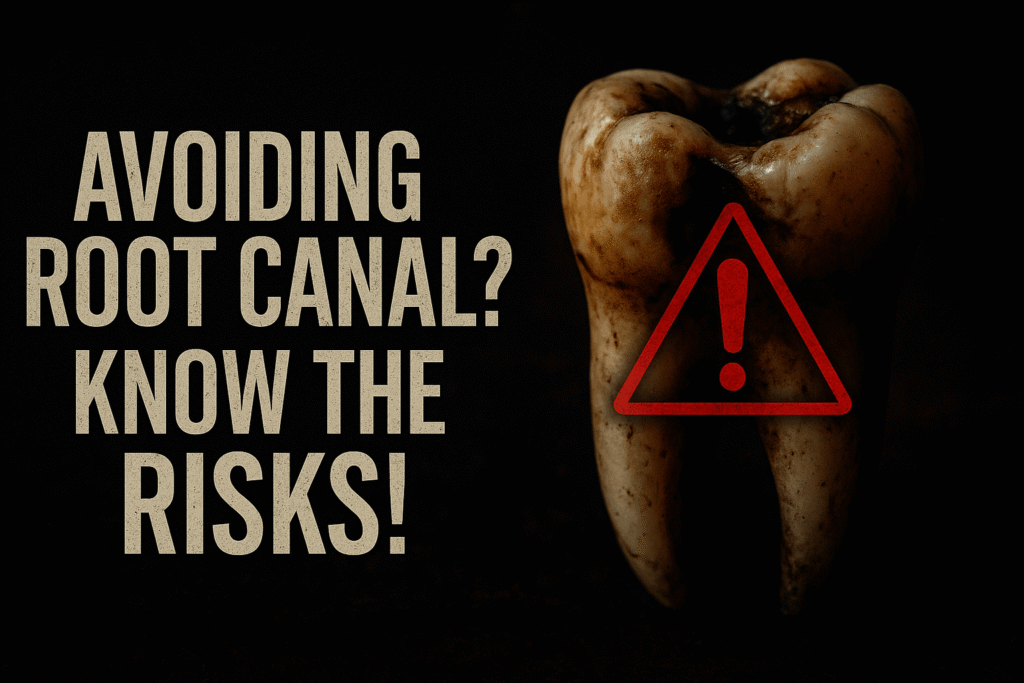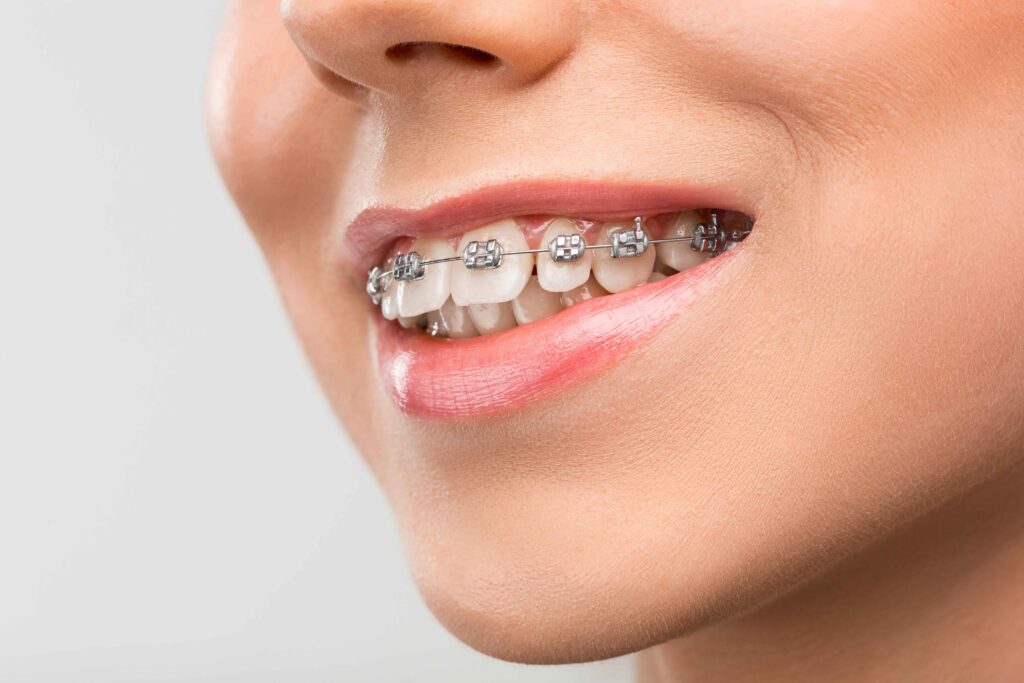
Losing a dental crown can be a scary situation—especially when there’s no tooth left underneath to support it. Many people suddenly face this dilemma, wondering what next steps to take and feeling alone in the process. Whether it’s a cracked tooth, a damaged tooth, or a tooth weakened by decay or damage, a crown acts like a cap that covers the front and sides to protect the structure. Sometimes, the crown can get loose, fall out, or even get dislodged—this can happen due to a sudden impact, chewing tough food, or simply the material it’s made from wearing down over the years.
If your crown has vanished or been lost, it’s vital to stay calm and understand the initial cause before rushing. An emergency appointment with your dentist is important—they can assess if the remaining tooth can be replaced or if other dental restoration options are needed. This article will guide you through the measures to manage this tricky scenario, so you’re prepared to handle it confidently. Remember, many patients go through this, and with proper dental care and timely action, you can preserve your smile and oral health.
Why Do Dental Crowns Come Off? Common Causes Explained
Dental crowns can come off for a variety of reasons, some happen slowly over time, while others occur suddenly. Understanding these causes helps you take the right steps to protect your smile and avoid discomfort.
-
Poor fit or insufficient bonding can cause the crown to become detached or loose.
-
Routine teeth grinding and biting on hard or sticky foods wear down the cement that keeps the crown secure.
-
The crown material matters: metal crowns offer better durability, while porcelain or resin polymer crowns can crack or wear out.
-
An improperly fitted crown or uneven pressure from a misaligned bite may cause gradual or sudden dislodgement.
-
Decay or infection under the crown weakens the tooth structure and can compromise the bond.
-
There might be not enough tooth left to firmly hold the crown in place.
-
Trauma or injury to the mouth can make the crown more prone to falling off.
-
Sometimes a partially dislodged crown may hang precariously, signaling it should be removed before it falls out completely.
If you experience any of these issues, it’s important to contact a dentist or get professional assistance quickly to prevent further damage and maintain your dental health.
What You Should Do If Your Crown Falls Out and No Tooth Remains
Losing a crown can be upsetting, but remember to stay calm and don’t panic. Here are some easy steps to help you manage the situation until you get professional care:
-
If possible, recover the crown and treat it gently without contacting the interior surface.
-
Softly wash your oral cavity with lukewarm saline solution to keep good hygiene.
-
Inspect the affected tooth and nearby regions for any signs of harm or unease.
-
If you’re experiencing pain, use over-the-counter pain medication as per the manufacturer’s instructions.
-
Avoid panicking and make rational decisions to handle the situation calmly.
Taking these immediate steps can help you take care of your mouth until you visit your dentist for proper treatment.
Easy Temporary Fixes While Waiting for Professional Help
If your crown falls out and there’s no tooth left, try these simple temporary solutions to alleviate discomfort and protect the exposed tooth until you get professional help:
-
Clean inside the crown and the exposed tooth surface gently to remove any debris.
-
Dab a small amount of dental adhesive, temporary cement, or tooth glue on the crown inner side.
-
Carefully reposition the crown onto the tooth and exert mild force to hold it in place.
-
Bite down softly to ensure a proper fit, but avoid using too much pressure.
-
Avoid chewing on sticky foods or hard foods to prevent the crown from getting dislodged again.
Following these steps can help keep you comfortable while you’re waiting to see your dentist.
How to Use Temporary Filling Material as a Quick Fix
If your crown is damaged and you cannot reattach it, follow these steps to use temporary filling material as a short-term fix:
-
Clean the exposed tooth surface gently and make sure it is completely dry.
-
Purchase temporary filling material from a pharmacy or dental supply store.
-
Carefully follow the instructions provided with the product.
-
Apply the material securely to the tooth, covering the exposed area properly.
-
Be cautious chewing and avoid excessive pressure on that side to prevent dislodging.
-
Remember, this is only a temporary solution, not a substitute for professional dental care.
-
Visit your dentist as soon as possible to get a permanent fix.
Following these steps will help provide temporary relief and protect your tooth until you get proper treatment.
Getting Professional Help After Your Crown Falls Out
-
Remember, temporary solutions only work in the short term, so it’s important to schedule an appointment with your dentist as soon as possible.
-
Your dentist will do a proper assessment by carefully examining the tooth and the surrounding tissues to decide the best course of action.
-
Acting quickly can prevent further damage and help address the issue promptly to prevent complications like tooth decay or other problems.
-
Expect to receive expert advice from your dental practitioner, including custom recommendations and different treatment paths based on your unique situation.
-
If the tooth support is gone, they may suggest a new crown or alternative solutions such as dental implants or bridges.
-
Don’t hesitate to relay any pain or worries you have to get the proper aid and backing you need.
-
Seeking professional help is essential and the best way to protect your oral health as soon as it’s possible.
Why It’s Important to Replace a Lost Crown
-
A lost crown with no tooth left underneath is more than just an inconvenience—it’s important to focus on replacing the crown for several crucial reasons.
-
The crown protects the exposed tooth by acting as a protective barrier that shields the tooth structure from decay, sensitivity, and further damage.
-
It also maintains proper bite alignment, so losing it can affect your bite, cause discomfort, and even lead to jaw problems.
-
Replacing the crown helps preserve natural alignment and facial aesthetics, keeping the appearance of your smile fresh and healthy.
-
A missing crown can let neighboring teeth shift position, causing misalignment and other bite issues that become harder to fix over time.
-
Overlooking a misplaced crown may lead to enduring effects, so seeking expert dental attention and exploring fitting substitution choices is always prudent.
How to Prevent Future Crown Problems: Easy Steps to Follow
Crown mishaps can arise abruptly, but simple actions can help diminish the likelihood of your crown dislodging. Here’s how to stay ahead:
1. Maintain good oral hygiene
-
Cleanse your teeth at least two times daily using toothpaste with fluoride.
-
Floss routinely to extract tartar and food debris from the interdental spaces near your crown vicinity.
-
Swish with an antibacterial dental rinse to lessen microbes and bolster oral well-being.
2. Avoid bad habits
-
Refrain from gnawing on rigid items like ice or writing instruments that can impair your crown.
-
If you habitually grind or clench your teeth, consider wearing a night protector to shield your dental repairs.
3. Attend regular dental check-ups
-
Schedule dental visits regularly to monitor crown condition and the underlying tooth health.
-
This helps identify problems early so you can take preventive measures.
-
Following these preventative steps will minimize chances of future crown complications and keep your smile healthy.
Bonus tips:
-
If you have a loose dental crown, avoid chewing ice, sticky foods, or tough foods.
-
Use an interdental brush to target the area where the crown approaches the gumline.
-
Wear a mouthguard if you have the habit of grinding teeth to lessen chances of dealing with crown issues.
-
Always stay on top of your oral health with good daily habits!
Taking these steps helped me avoid many problems and saved me trips to the dentist. Trust me, prevention is always easier than fixing!
Conclusion
Never ignore the problem or try DIY fixes; always consult your dentist for the best restoration options. Remember, prevention is key — keep practicing good oral hygiene, avoid bad habits, and attend regular check-ups to minimize the risk of future crown problems.
Your smile is worth the care and attention it deserves. So take a deep breath, follow the steps, and know that professional help is just a dental appointment away.



